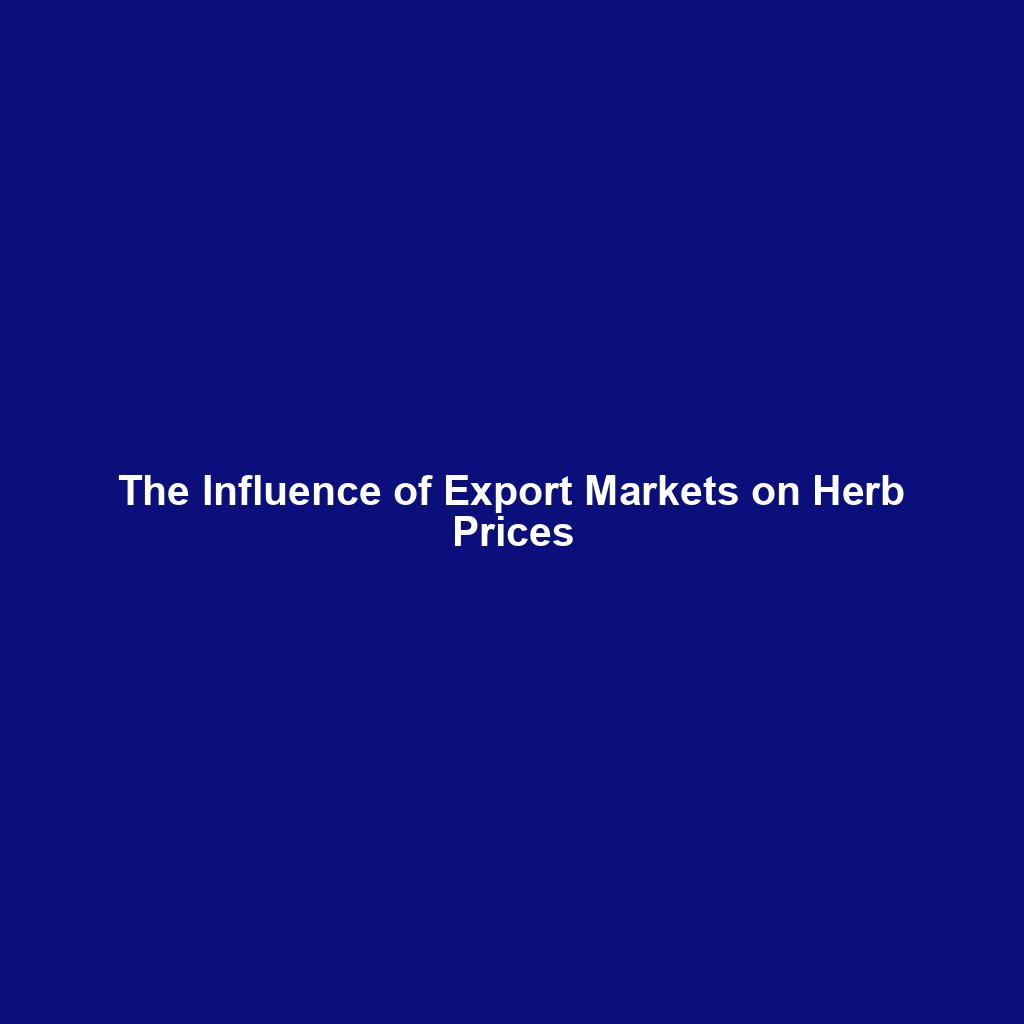
Agriculture and agricultural price analysis are critical components of the global economy, influencing food security, trade, and the livelihoods of billions of people worldwide. As the backbone of many economies, agriculture not only provides essential food and raw materials but also plays a significant role in shaping economic policies and development strategies. Understanding the dynamics of agricultural prices is crucial for stakeholders, including farmers, policymakers, traders, and consumers, to make informed decisions and ensure sustainable agricultural practices.
The Importance of Agriculture in the Global Economy
Agriculture is a fundamental sector that supports the livelihoods of approximately 2.5 billion people globally. It is the primary source of food, fiber, and fuel, and it contributes significantly to national GDPs, especially in developing countries. The sector is also a major employer, providing jobs for a large portion of the population in rural areas. As such, agriculture is not only vital for food security but also for economic stability and growth.
In recent years, the agricultural sector has faced numerous challenges, including climate change, resource scarcity, and fluctuating market demands. These challenges have necessitated the adoption of innovative practices and technologies to enhance productivity and sustainability. Moreover, the globalization of trade has increased the complexity of agricultural markets, making price analysis an essential tool for understanding market trends and making strategic decisions.
Understanding Agricultural Price Analysis
Agricultural price analysis involves examining the factors that influence the prices of agricultural commodities. These factors can be broadly categorized into supply-side and demand-side determinants. On the supply side, factors such as weather conditions, input costs, technological advancements, and government policies play a significant role in shaping production levels and, consequently, prices. On the demand side, consumer preferences, population growth, income levels, and trade policies are key determinants of market demand and price fluctuations.
Price analysis is crucial for several reasons. Firstly, it helps farmers and producers make informed decisions about what crops to plant, when to harvest, and how to allocate resources efficiently. Secondly, it provides insights for policymakers to design effective agricultural policies and interventions that stabilize markets and support farmers. Thirdly, traders and investors use price analysis to identify market opportunities and manage risks associated with price volatility.
Methods of Agricultural Price Analysis
There are various methods used in agricultural price analysis, ranging from simple descriptive statistics to complex econometric models. Some of the commonly used methods include:
- Time Series Analysis: This method involves analyzing historical price data to identify trends, cycles, and seasonal patterns. Time series analysis is useful for forecasting future prices and understanding the temporal dynamics of agricultural markets.
- Supply and Demand Models: These models examine the relationship between supply, demand, and prices. They help in understanding how changes in production levels or consumer preferences impact market prices.
- Econometric Models: Econometric models use statistical techniques to quantify the relationships between various factors affecting agricultural prices. These models can incorporate multiple variables and provide more accurate and reliable forecasts.
- Market Structure Analysis: This approach focuses on understanding the competitive dynamics within agricultural markets, including the role of intermediaries, market power, and price transmission mechanisms.
Challenges in Agricultural Price Analysis
Despite its importance, agricultural price analysis faces several challenges. One of the primary challenges is the availability and quality of data. Accurate and timely data is essential for reliable analysis, but in many regions, especially in developing countries, data collection and reporting systems are inadequate. This can lead to gaps in information and hinder effective analysis.
Another challenge is the inherent volatility of agricultural markets. Prices can be highly unpredictable due to factors such as weather events, pest outbreaks, and geopolitical tensions. This volatility makes it difficult to develop accurate forecasts and necessitates the use of sophisticated models that can account for uncertainty and risk.
Additionally, the increasing complexity of global supply chains and trade networks adds another layer of complexity to price analysis. Understanding the interactions between different markets and the impact of trade policies requires a comprehensive and integrated approach to analysis.
The Role of Technology in Enhancing Agricultural Price Analysis
Advancements in technology have significantly enhanced the capabilities of agricultural price analysis. The use of big data, remote sensing, and machine learning algorithms has revolutionized the way analysts collect, process, and interpret data. These technologies enable more accurate and timely analysis, allowing stakeholders to respond quickly to market changes.
Big data analytics, for instance, allows analysts to process vast amounts of data from various sources, including satellite imagery, weather forecasts, and market reports. This data can be used to identify patterns and trends that were previously difficult to detect. Machine learning algorithms can also be used to develop predictive models that improve the accuracy of price forecasts.
Moreover, digital platforms and mobile applications have made it easier for farmers and traders to access market information and make informed decisions. These tools provide real-time data on prices, weather conditions, and market trends, empowering stakeholders to optimize their operations and reduce risks.
Conclusion
Agriculture and agricultural price analysis are integral to ensuring food security, economic stability, and sustainable development. As the global population continues to grow and the demand for food increases, the importance of understanding and managing agricultural prices will only become more critical. By leveraging advanced technologies and adopting innovative practices, stakeholders can enhance their ability to analyze prices, make informed decisions, and navigate the complexities of global agricultural markets.
In conclusion, agricultural price analysis is a dynamic and evolving field that requires continuous adaptation and innovation. By addressing the challenges and harnessing the potential of technology, stakeholders can ensure the resilience and sustainability of the agricultural sector in the face of an ever-changing global landscape.





